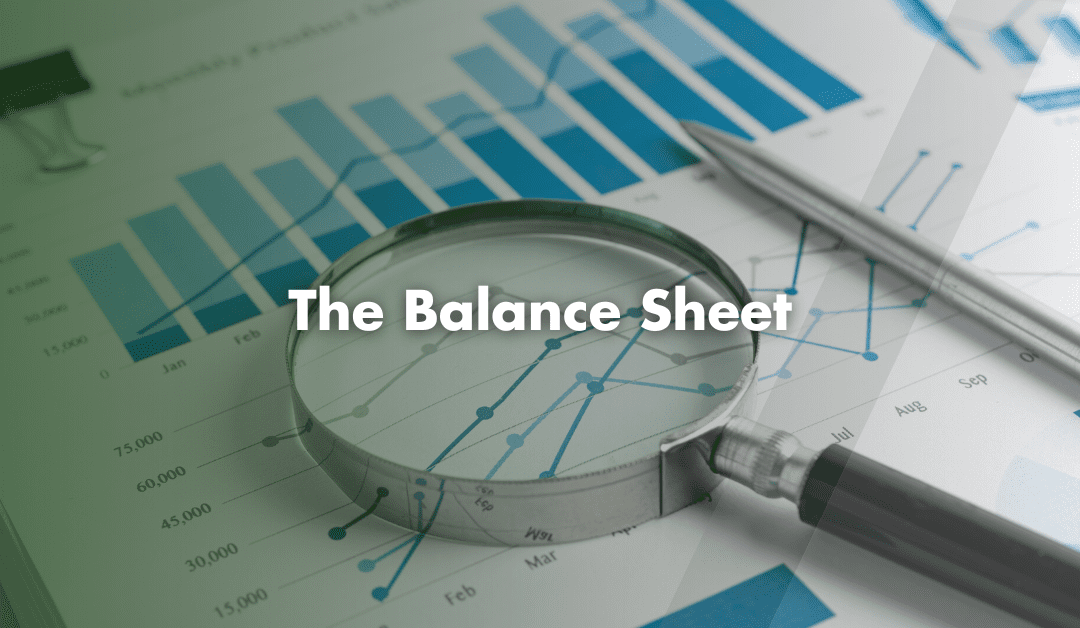What is a Balance Sheet?
The Balance Sheet provides a snapshot of a company’s assets, liabilities and equity at a given point in time. This enables stakeholders to assess the financial health and operational results of the business. Moreover, a Balance Sheet is important because:
- It maintains healthy relationships with stakeholders; which includes employees, investors, creditors, regulators, vendors.
- It helps stakeholders understand whether the business is profitable, capable of repaying its debts, and financially stable enough to continue operations.
- It allows business owners to secure trust and investment, manage credit, and maintain supplier relationships.
Balance Sheet Calculation
The fundamental equation underlying a Balance Sheet is simple yet profound: Liabilities + Equity = Assets
This equation, often referred to as the accounting equation, ensures that every financial transaction affects both sides of the Balance Sheet – maintaining the balance.
For example: When a business issues a £10,000 bond and receives cash, it records a £10,000 increase in both its assets (cash) and liabilities (bonds payable), keeping the equity unchanged
Balance Sheet Components
- Assets: These are resources that the business owns and expects to bring future economic benefits. They fall into two categories: current and non-current.
- Current Assets: These include cash, accounts receivable, and inventory, all of which the business expects to convert into cash within a year.
- Non-Current Assets: These encompass land, buildings, and intangible assets like patents, which provide long-term value and do not convert quickly into cash.
- Liabilities: These are what the business owes to others. They split into two types:
- Current Liabilities: These include obligations that the business needs to settle within a year, such as accounts payable and the current portion of long-term debt.
- Non-Current Liabilities: These are obligations that the business will pay beyond a year.
- Equity: This represents the owner’s interest in the company, also known as shareholder’s equity or owner’s equity. Additionally, it consists of elements like ordinary shares, additional paid-in capital, and retained earnings, reflecting the net assets shareholders own after subtracting all liabilities.
Interaction with other Financial Statements
The balance sheet is interconnected with other financial statements:
- The profit and loss account, which shows the company’s revenues and expenses over a period, impacts the equity reported through net income or loss.
- Retained earnings increase with net income and decrease with any dividends paid.
- The cash-flow statement, which tracks the cash inflows and outflows from operating, investing, and financing activities, should align with the cash reported at the end of the period.
Contact Us
We are not just accountants; we are Chartered Accountants with one of the most reputable and premium accounting bodies. We are registered and regulated by ACCA; so you can rest assured that you are in good hands. Knowing this, don’t hesitate to get in touch with us if you require assistance: Pi Accountancy | Contact Us

